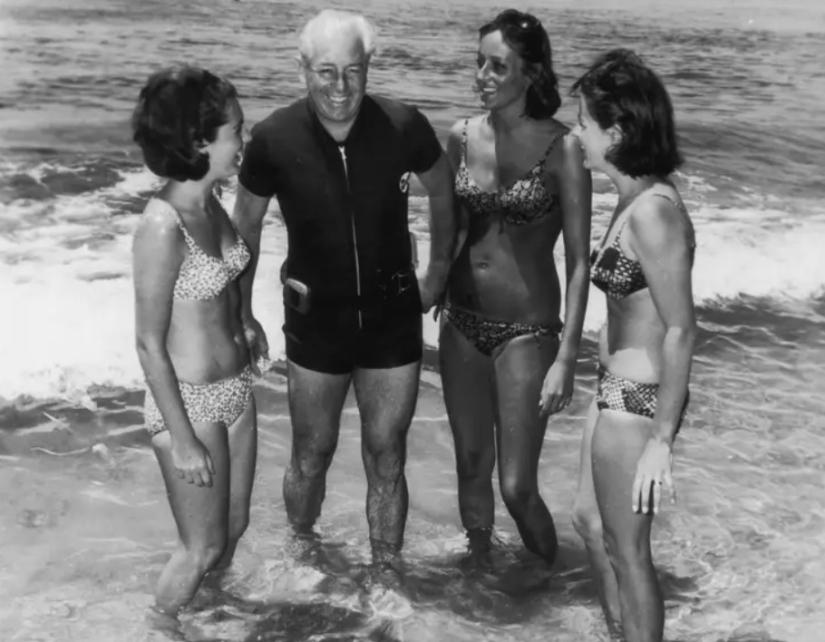13 Historical Facts That Seem Fiction But Are Actually Real
Sometimes reality surpasses the wildest fantasies. There are events and facts in the history of mankind that sound so incredible that it is hard to believe them. We have collected for you a selection of amazing cases from the past that actually happened. Are you ready to discover unexpected pages of history? Then read on!


1. In 1858, the Great Stink happened in London. It was a very hot summer, and the Thames dried up, and all the sewage from London at that time was poured into it. The city became unbearably stinking. As a result, all the representatives of Parliament were forced to leave their country houses, gather and solve the problem. As a result, it was decided to remake the city sewerage system.

2. In 1967, Australian Prime Minister Harold Holt disappeared without a trace, and since then no one has found out what happened to him.

3. In the 19th century, mummies were sold on the streets of Egypt. Many tourists bought them and showed them off as a curiosity in their homeland. And from the Middle Ages to modern history, Europeans ate mummies, considering them a cure for all diseases.


5. In 2007, a girl named Ewa Wisnierska was paragliding when she got caught in an updraft and was lifted 10 km. After 3.5 hours, she landed 60 km from the takeoff point. She lost consciousness almost immediately. She came to when she had descended to an altitude of 3,500 meters.

6. The 1904 Olympics in St. Louis were more than strange. For example, the first place in the marathon was won by an athlete who drove almost the entire distance in a car. The second place winner was dragged across the finish line by his coaches. Throughout the entire distance, they gave him cognac laced with rat poison and did not give him water. This guy became the winner when the first one who drove a car was exposed.
The third runner did not distinguish himself in any way. The fourth place was taken by a Cuban postman. He probably would have become the winner, but he ate several apples from the side of the road and passed out for an hour. Incidentally, he immediately spent all his prize money in the casino.
The 9th and 12th participants were from South Africa. One of them ran barefoot, and the second was attacked by stray dogs. South Africa did not send an official delegation, they were students studying there who decided to run the marathon. Half of the marathon participants had never run a marathon before. Some of them died. The course included one stop when they could drink water.

7. Maniac Ted Bundy escaped from custody twice. The first time he jumped from a three-story building. The second time he dressed up as a security guard and left through the main entrance.



10. Flight attendant Vesna Vulovic fell from a height of 10,160 meters during a plane crash and survived. This is a world altitude record for survivors in free fall without a parachute.

11. During World War I in Poland, the Russians and Germans temporarily stopped fighting to work together to repel an attack by a huge pack of wolves.

12. In 1956, Tommy Fitzpatrick hijacked a small plane on a dare and landed it in Manhattan outside a bar he frequented. He repeated the stunt two years later after someone didn't believe he'd done it the first time.

13. In 1504, the German emperor lost his arm in battle. But instead of retiring, he forged himself an iron prosthesis and fought with it for another 40 years. In his later years, he settled in Hornburg Castle. He was called Goetz "Iron Hand". The prosthesis can now be seen in a museum.
Recent articles

Leonardo da Vinci was accused of being fond of orgies. William the Conqueror, despite all his successes, was called a "Bastard" ...

Modesty? Decency? A sense of tact? No, you haven't heard! Just look at what the people from the selection below are doing! No ...

American documentary photographer Bruce Davidson came to the UK in 1960 for a couple of months on the assignment of Queen magazine. ...